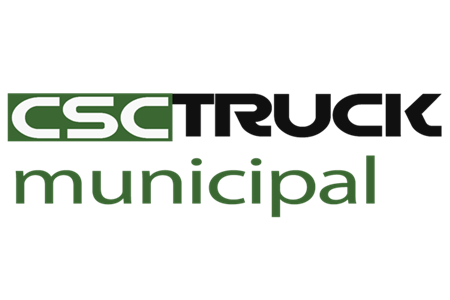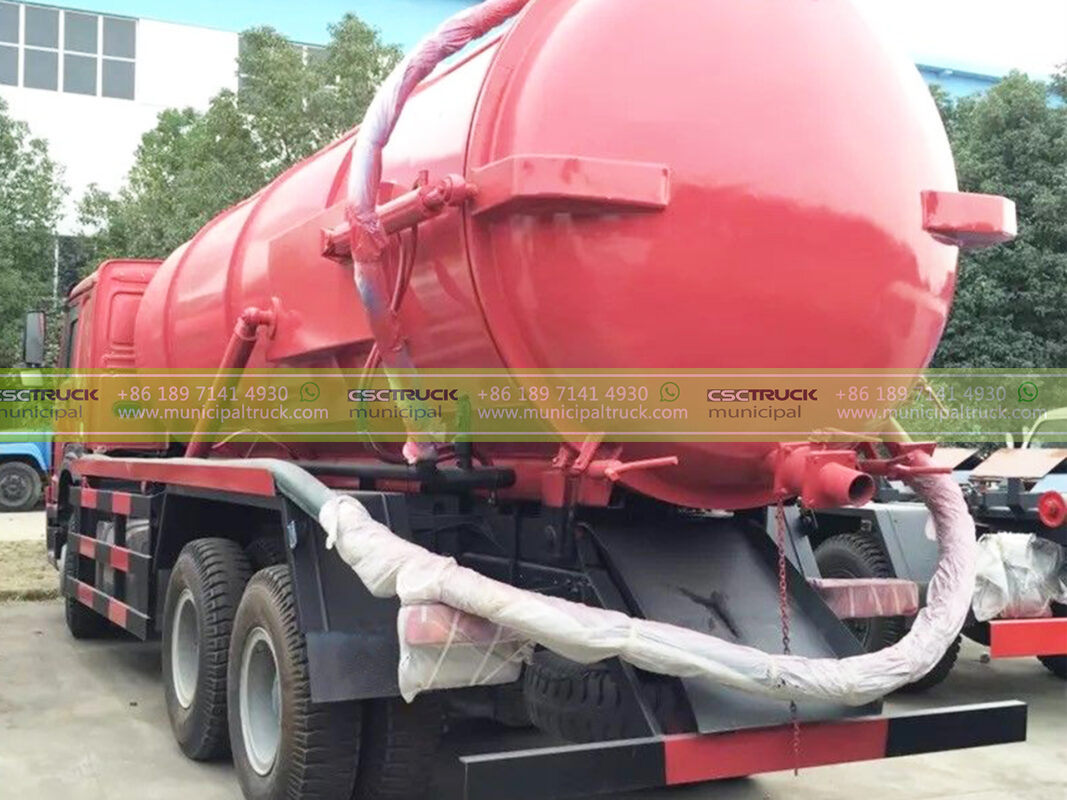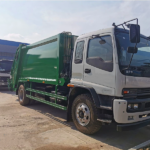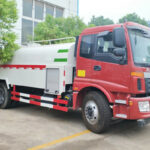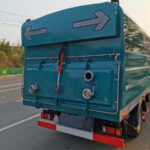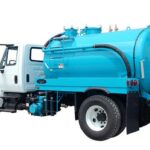As morning fog lifts over Prague’s Charles Bridge or Kyoto’s Gion district, a silent technological ballet unfolds in the alleyways where modern infrastructure intersects with medieval archaeology. The vacuum sewer truck—resembling a surgical unit more than municipal equipment—has become indispensable for preserving UNESCO World Heritage sites confronting 21st-century sanitation demands. These specialized vehicles resolve an existential paradox: how to maintain public health in historic urban cores without disturbing the fragile stratigraphy of civilization.
The Subsurface Crisis in Living Museums
Historic cities face sanitation challenges unknown to modern grids:
- Centuries-Old Conduits: Rome’s Cloaca Maxima still functions beneath the Forum, but 60% of its 16th-century brick sewers can’t withstand mechanical rodding
- Archaeological Fragility: When a York maintenance crew struck a Viking-era wood conduit in 2023, it triggered £2.3M in emergency conservation
- Geometric Incompatibility: Bruges’ 1.8m-wide streets prohibit conventional jetting trucks from accessing 75% of its medieval center
- Tourism Pressure: Venice’s 30 million annual visitors generate wastewater volumes 400% beyond its 1920s system capacity
Traditional excavation risks catastrophic heritage loss—a single backhoe bite in Alexandria could destroy Ptolemaic artifacts. Vacuum technology circumvents this through non-invasive subsurface access, combining industrial pneumatics with archival sensitivity.
Precision Engineering for Delicate Environments
Modern vacuum trucks integrate technologies tailored for conservation-grade operations:
Differential Pressure Gradients
Triple-stage centrifugal pumps generate 29inHg vacuum capable of extracting 8,000L/min through pipes as narrow as 100mm—critical for Paris’ Haussmann-era lead conduits. The system’s adjustable suction vortex prevents damage to historic masonry joints.
Cryogenic Jetting Modules
Liquid CO₂ nozzles (-78°C) fracture grease blockages without water ingress that destabilizes ancient foundations. Florence’s Uffizi Gallery corridor sewers undergo monthly cryo-clearing to protect Giotto-era frescoes from humidity.
Archaeological Sensing Arrays
Ground-penetrating radar and muon detectors map subsurface voids before suction. Antwerp’s trucks detected a buried 16th-century tavern cellar during routine maintenance, triggering protocol-driven preservation halts.
Operational Superiority in Constrained Topographies
Vacuum systems outperform traditional methods where space = heritage:
| City | Constraint | Conventional Method | Vacuum Solution |
|---|---|---|---|
| Dubrovnik | 2.4m street width | 14-day manual excavation | 3-hour localized extraction |
| Kyoto | Bamboo pipe networks | 80% pipe rupture rate | 0% structural damage |
| Salzburg | Baroque fountain hydraulics | System shutdown required | Live operational clearance |
In Fez’s 9th-century Medina—where donkeys remain primary transport—modular vacuum units reduced sewer-related tourist illness by 91% without altering street profiles.
Multifunctional Heritage Stewardship
These vehicles transcend waste removal to become integrated conservation tools:
Emergency Artifact Recovery
When heavy rains flushed Roman coins into Siena’s drains in 2024, vacuum trucks retrieved 87% of artifacts using sediment-classifying hydrocyclones. Cultural ministries now maintain vacuum fleets on standby during extreme weather.
Structural Diagnostics
High-definition borescopes deployed through vacuum ports document mortar conditions in Amsterdam’s 1650s canal walls. AI cross-references images with city archives to predict preservation priorities.
Contaminant Containment
During Notre-Dame’s lead decontamination, HEPA-filtered vacuum trucks captured 99.97% of toxic particles within the 500m exclusion zone—preventing heritage site pollution.
The Sustainability-Heritage Nexus
Vacuum operations align with ecological preservation imperatives:
- Energy Recovery: Regenerative braking systems capture 40% of suction energy in Lisbon’s hilly Alfama district
- Waste Valorization: Venice converts extracted sludge into restoration-grade “bio-bricks” for lagoon foundations
- Waterless Operations: Phoenix’s heritage zones use zero-liquid-discharge vacuum systems, saving 3.8M liters annually
Cambridge’s prototype solar-hybrid vacuum truck operates at 32dB—quieter than monastic libraries—while maintaining 17th-century college drains.
Integrated Urban Memory Management
As sweeper trucks preserve surface heritage and mist sprayers combat thermal degradation, the vacuum truck completes the triad of non-invasive urban conservation. These mobile laboratories navigate narrow passageways like temporal ambassadors—removing contemporary threats while safeguarding accumulated centuries beneath our feet. Their calibrated suction represents more than technical efficiency; it’s a covenant between present necessity and permanent inheritance. In the shadow of Ghent’s belfry or Toledo’s cathedral, these unassuming vehicles perform daily miracles: extracting modernity’s waste without erasing history’s breath.
